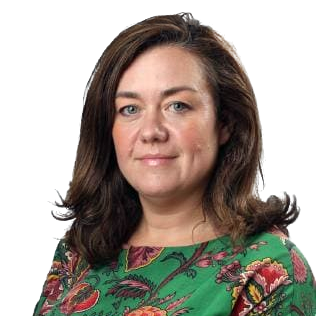Labor promises to close the gender pay gap


Closing the gender pay gap will be easier said than done. Photo: Getty
It’s a debate that has raged in Australia for more than 100 years. Are women still paid less than men?
Or, are they simply more likely to do jobs that don’t pay as generously as male-dominated professions?
Should female-dominated professions earn less? And if so, why?
Or, do they prefer to work part-time or take time out of the workforce to care for children and older relatives, and should that time out translate into a discount for their labour when they return to the workforce ?
The Labor Party is pledging to answer those questions if it wins the next election, promising to lift women in professions, including childcare, from a lifetime of living on the edge of poverty.
Labor leader Bill Shorten pledged at the ALP conference to close the gender gap on wages.
There was applause, but delivering on his words will be harder than saying them.
“No more pay discounts because you are a woman,” Mr Shorten said.
“A Labor government will finally recognise a fact that all of us know to be true: the work traditionally done by women in predominantly feminised industries, industries which employ a large proportion of women as a total of their workforce, this important work is equally valuable and equally important as the work traditionally done by men in male-dominated industries.
“And that therefore, these workers, these Australian women who work, should be equally compensated for their contribution, as it is long overdue.”

Mr Shorten said childcare workers were greatly affected by cost of living pressures. Photo: Getty
To achieve that outcome, Labor will enshrine gender pay equity as an object of the Fair Work Act, fund the commission to establish a Pay Equity Unit and a Pay Equity Panel to pursue equal pay.
LABOR’S EQUAL PAY PLAN
- Make gender pay equity an object of the Fair Work Act
- Establish a statutory Equal Remuneration Principle, to guide the Fair Work Commission’s consideration of whether feminised industries are paid fairly
- Establish a new Pay Equity Panel within the Commission led by a new Presidential Member with specific expertise in gender pay equity
- Fund the Commission to establish a Pay Equity Unit that will provide expert research support during equal remuneration matters, and more generally
Mr Shorten nominated a range of occupations at the frontline of working parents’ cost of living pressures, including childcare workers looking after their kids and aged carers looking after their parents.
“The people I speak of, for example, include early childhood educators, our aged carers and the people driving the National Disability Insurance Scheme. The pay and recognition and training that they deserve,” Mr Shorten said.
But delivering on that promise and ensuring working parents can still access affordable childcare won’t be easy.
The concept of a living wage for workers in Australia was first established the Harvester case in 1907. It set the benchmark of “a human being in a civilised community” needing enough salary to support a wife and three children in “frugal comfort”.
However, just a few years later when the case of a female worker was considered, the fruit picker’s case, Australia’s industrial empire rejected an application for equal pay for women.
Justice Higgins insisted that women should only be awarded the full male rate where there was the risk of cheap female labour displacing men.
He set a lower minimum wage of 9 pence per hour, which would provide for the woman’s food, shelter and clothing but not that of her family.
That meant that before World War II, the female basic wage remained about half of the male basic wage. That gap has now fallen to closer to 15 per cent.
Deputy leader Tanya Plibersek told the conference it was time to change that.
“Well, we want to make it easier for women in underpaid industries to get a pay rise,” she said.
“We know that in industries like childcare, early childhood educators are 97 per cent female. They took a case to the Fair Work Commission recently, and it was unsuccessful for really quite technical reasons. We want to make sure that the Act makes it easier for underpaid women to get a pay rise and we want to make sure the Fair Work Commission has the resources and the expertise to investigate these cases properly.
“What we are doing is putting pay equity in the objects of the Act, and we are making sure that there is a separate part of the Commission, a panel, that has the expertise to determine these cases and there is also of course going to be resourcing for a research unit that can actually really look at some of the evidence about underpaid female work forces.
“I don’t think it’s a question of whether this gender pay gap really exists in female- dominated industries, it’s how do we determine how large it is and how best to deal with it.”








